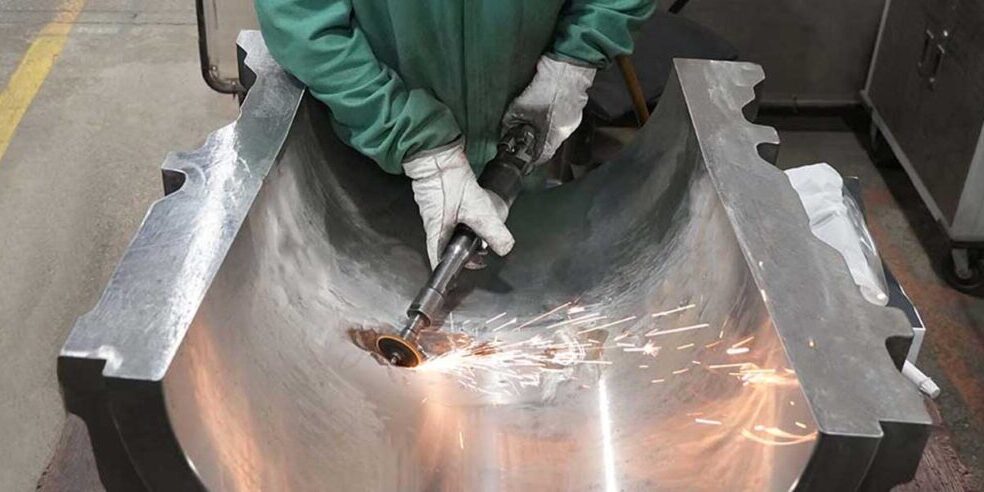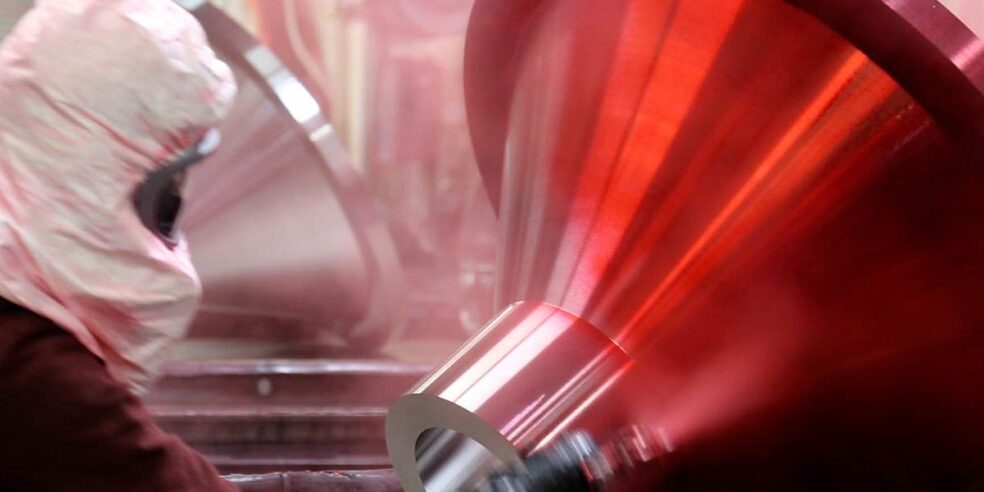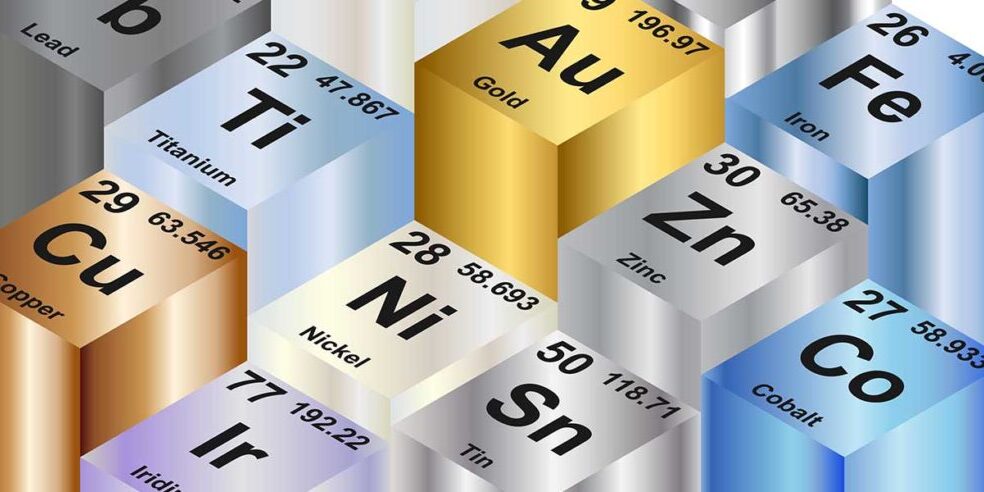Blog Metal Casting Inspection Methods: What They Tell and What the Limitations Are
By: Dave Olsen
Metal casting is precise and process orientated. With countless variables potentially affecting the result, casting inspection procedures must be rigorous. Inspection methods can vary between casting type, and different inspection methods are often used for a single casting. More than anything else, metal casting inspections provide customers with confidence that they received a quality casting. Before describing the various testing and inspection procedures, we will first focus on different types of metal used for castings.
Types of Metals for Castings
While any solid metal can be melted and cast, ferrous and non-ferrous alloys are the two main metal types used to create castings. The simple difference is that ferrous alloys include iron and non-ferrous alloys do not include iron. Ferrous and non-ferrous alloys also have unique properties.
Prominent examples of ferrous alloys are steel, carbon steel, and cast iron. These are known for strength and durability. Non-ferrous alloys include bronze, copper, aluminum, and lead. Non-ferrous alloys are more malleable compared to ferrous alloys. Since non-ferrous metals are not iron based, they have high resistance to rust and corrosion.
Methods to Test Casting Quality
There are five primary methods to confirming the quality of a casting,
- Chemical composition
- Casting finish
- Dimensional analysis
- Mechanical properties
- Casting soundness
MetalTek also offers metallographic testing, which is an analysis of the microstructure of the material. This helps determine the reliability of the casting and why a cast material may have failed. Dense materials are often harder to inspect visually and require some of the more advanced methods.
Chemical Composition
Chemistry inspection is likely the most common casting quality test. A master melter takes raw elements or pre-alloy materials and mixes them into a charge. Conceptually, this process is like following a baking recipe. Adjustments to the charge can be made. The pour is then made into a special mold, or an actual pour is made. The customer determines whether the chemistry test is performed via a sample or on the final pour.

Casting Finish
Casting finish inspection is conducted after casting to ensure that it meets customer requirements. The casting inspection procedure for determining casting finish is often subjective. Tests are done visually with panels increasing in surface roughness. There is no definitive tool to evaluate surface roughness.
Dimensional Analysis
While dimensional analysis can be as simple as a visual measurement, customers can also have a Coordinate Measuring Machine (CMM) measurement taken. This machine is a high-precision measurement tool, commonly used for high specification applications (e.g., valves, jet engines, pump bodies) and high-price tag projects. CMM is by far the most accurate measurement available.

Mechanical Properties
This casting quality inspection measures whether the casting meets specified mechanical requirements. Mechanical tests check physical and mechanical properties including hardness, impact, and service load testing. This type of inspection provides a numerical value and is usually non-destructive. The hardness numbers are related to metal alloy properties such as wear resistance and machinability.
Casting Soundness
Determining casting soundness is composed of destructive and non-destructive tests. Many internal and surface defects cannot be determined via regular inspection methods. The “invisible” flaws can be detected through several different non-destructive or destructive tests. These tests are how a final product is certified.
How Do Non-Destructive Testing and Destructive Testing Relate to Casting Inspection?
Destructive tests generally involve cutting the casting in half and inspecting for cracks or voids. This renders the casting unusable and is only be performed at the request of the customer. Destructive tests are generally performed as a proof of copy or test for increased specification projects.
Non-destructive tests (NDT) include X-ray, ultrasound, dimensional, visual, leak, and dye penetrant. Many of these techniques are used in tandem and depend on the requirements provided by the customer. No one test is better or worse, but rather depends on the type of casting. The benefit of a non-destructive test is that castings can still be used after testing is performed.
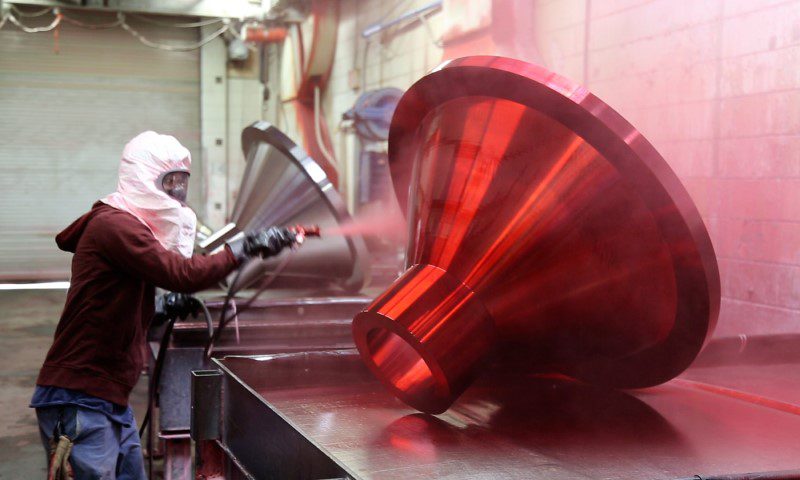
Common Casting Defects Found During Inspection
What defects are found during inspection? Even slight process variances can produce critical failures. Casting defects can come from process variation or process design. Process variables include temperature, speed of pour, and more. The design process is the casting from mixing to pouring. No matter how well designed the project is and how well variables are controlled, defects can occur. The most common defects are voids, casting surface, dimensions, and chemistry errors.
Voids
During the cooling phase around 7% of casting volume is lost, which often produces voids. Voids are a cause of cracking, but do not necessarily produce them. The size and pervasiveness will help in the determination of a failure.
Casting Surface
The casting surface that the mold is poured into needs to be spotless or other non-metallic inclusions or discontinuities can quickly enter. These pieces can freeze into or onto the mold and negatively affect the pour.
Dimension Defects
Dimension defects are like a barber performing a haircut. A little off is not bad, but you cannot add it back. Castings shrink during the freezing, but hitting exact specifications requires attention to the finest details of measurements.
Chemistry Errors
Chemistry error is little more than just the mold recipe. The speed of the pour can change the outcome, as well as other room temperature variations. However, the right mix of metals is critical above all else.
What Happens If a Part Fails Inspection?
If a casting fails inspection, it is immediately segregated. Sometimes a casting can be corrected or remediated. Heat treatment can help mechanical failures, and a re-melt can help with chemistry errors. Customer specifications again determine what is allowed to be corrected. Simply starting over is sometimes the best and most cost-effective solution. At MetalTek the focus is customer specifications and success, so a casting is redone if that is the best option.
Who Performs Metal Casting Inspections?
At MetalTek, every employee serves as an inspector in the sense that casting is a multi-step process and every person involved checks their work before moving it forward. However, there is an additional layer of inspection performed by certified independent inspectors. These inspectors are present at each of MetalTek’s five plants for each process. New inspectors train onsite and will have to pass a practical exam before ever being on their own. MetalTek’s inspectors are certified to the highest degrees. Certifications include Nadcap, ISO, PED, and NORSOK. In-house testing is most common.
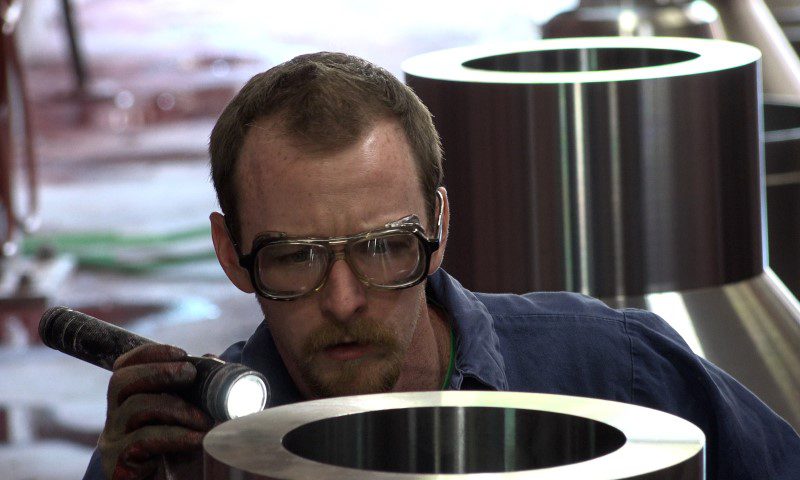
The casting process and inspection procedures at MetalTek are comprehensive and backed by a customer-driven focus. There is no one solution to testing a cast, but often a conglomeration of testing methods. Integrity is at the base of the brand. It is easy to pass audits and deliver excellence when you do things the right way all the time.
Contact us to learn more.

